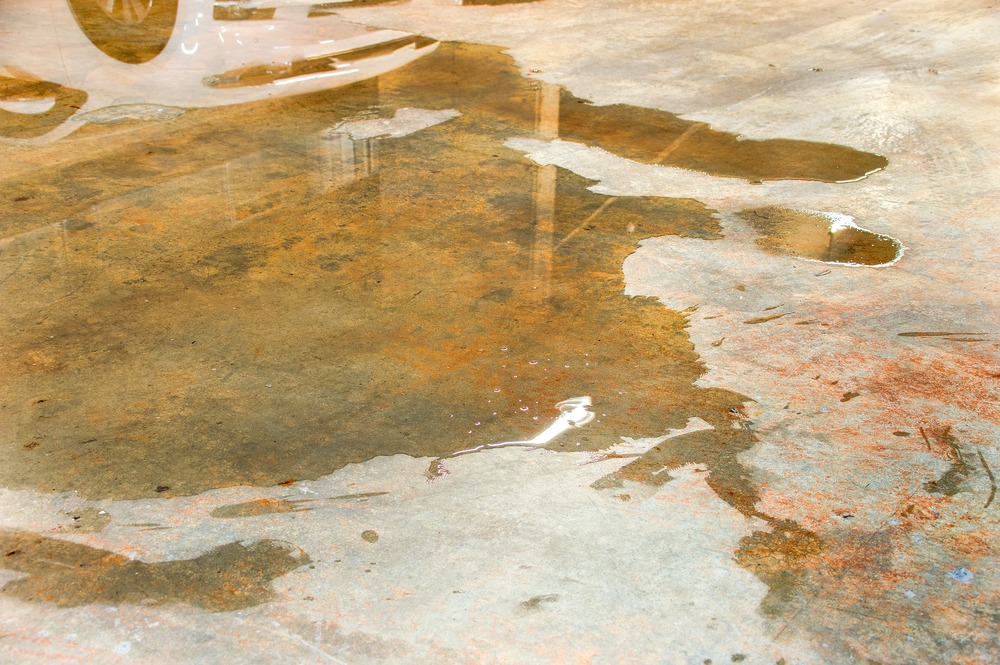
Sand and salt are used on roadways, walkways, and other concrete structures throughout North America. By melting ice and melting snow in the winter, they help reduce accidents and injuries.
While this technique, often called de-icing, is incredibly useful, it has its consequences. Sand and salt damage concrete—in part through the same mechanisms used to melt ice and snow.
In this article, we explore why sand and salt have a negative effect on concrete, areas where the negative effects might be particularly problematic, and some solutions and measures to prevent sand and salt from corroding your concrete surfaces.
The Effects of Salt and Sand on Concrete
Both sand and salt can degrade concrete over time, but the mechanisms by which they degrade concrete are different.
How Salt Causes Damage to Concrete
Salt reacts with the calcium hydroxide found in concrete to form calcium hydroxychloride—more commonly known as calcium oxychloride (CAOXY). CAOXY expands and causes microfractures inside the concrete, which can further expand into serious cracking and potholes.
In addition to this chemical reaction, salt also quickens the freeze-thaw cycle. Salt can both draw water out of surfaces and lower its freezing point, causing more water to pool and causing it to exist in a semi-frozen state. This means there will be more freeze-thaw cycles, as the water cannot easily run off away from the concrete.
Salt can also make concrete more porous and thus more prone to absorbing water that will eventually freeze. All of these effects combine to create more cracks and potholes.
How Sand Causes Damage to Concrete
Sand is abrasive. This can amplify the damage done during the rapid freeze-thaw cycle caused by salt. This abrasion can also damage the surface of the concrete, allowing more water to infiltrate. When combined, salt and sand damage concrete more quickly than either substance alone. It can also act as sandpaper to allerate “normal” wear and tear when walked or driven on.
The Impact of Salt and Sand on Loading Docks and Truck Drive-In Bays
Both loading docks and drive-in bays experience heavy vehicle traffic. This traffic can contribute to the abrasion and surface deterioration caused by salt and sand, creating dangerous situations for drivers. When the ground is pitted with potholes and cracks, operational efficiency can drop significantly.
Eventually, the salt can even work its way to the rebar that holds up the concrete, leading to weakened structural integrity and creating serious safety risks and extensive damage.
The Impact of Salt and Sand on Warehouses and Shops
Many of the points we’ve just discussed remain true in warehouses and shops; though the vehicle traffic may be less heavy, it still contributes to deterioration. In shops, aesthetics can be a particular concern, while in warehouses, salt and sand can cause safety markings to deteriorate more rapidly.
Preventing Salt and Sand Damage to Concrete in Loading Docks, Truck Drive-In Bays, Warehouses, and Shops
There are many ways to prevent salt and sand from damaging your concrete. Cleaning your concrete surfaces regularly can help, and so will a proper drainage system. One of the best ways to prevent damage is to apply a coating to protect it. Depending on budget, longevity and use of the area you can consider epoxy, a high-quality, salt-resistant sealer, polyurethane concrete or polished concrete. Protecting your concrete surfaces from sand and salt can improve operational efficiency and increase safety; that’s well worth the effort.

